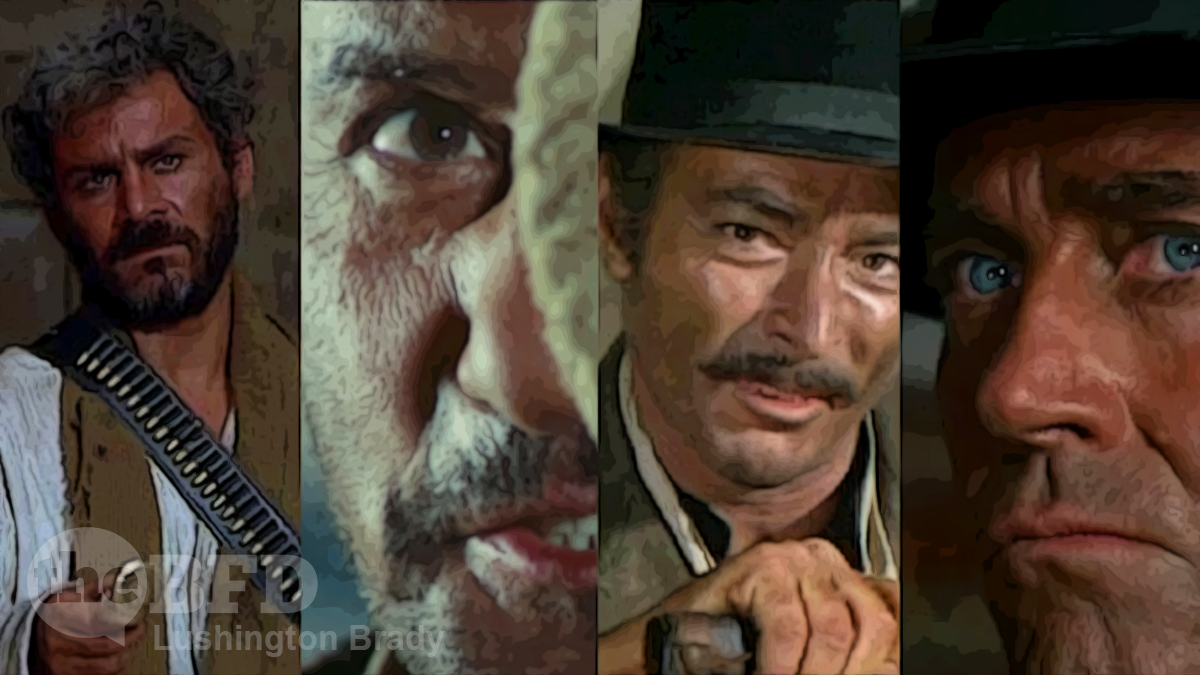Opinion
In the 1971 comedy-western, Support Your Local Gunfighter, protagonist Latigo Smith (James Garner) ends with a breaking-the-fourth-wall monologue, relating the main characters’ various fates. And me? he concludes. I go on to become a big star in Italian Westerns.
The knowing joke shows that, within just a few years of their advent, the “Spaghetti Western” had become a cultural phenomenon.
From the mid-60s, a slew of Westerns were made by Italian film-makers. Most were actually shot in Italy, sometimes Spain, with Italian crew and actors, apart from a few American minor stars brought in to try and boost box-office appeal. Apart from the visiting Americans, most of the actors didn’t even learn their dialogue in English: the speaking parts were dubbed later.
There were a variety of reasons for the Spaghetti Western. Firstly, Italians like everyone else, were infatuated with American cinema in general, and the Western in particular. Secondly, economics. It was cheaper to film a Western overseas, especially where locations and extras were indistinguishable from the home-grown variety.
If you were making a movie set in 19th century California, for instance, the Tabernas Desert in Spain looked little different to the Mojave. And Italians or Spaniards in period clothing looked every bit the part.
Yet, for all the derogatory overtones of the label “Spaghetti Western”, the genre provided some of the most iconic films of the entire Western genre. None less than the films of Sergio Leone: A Fistfull of Dollars (1964), whose commercial success sparked the loose “sequal”, For a Few Dollars More (1965), and then The Good, The Bad, and The Ugly (1966). The Dollars Trilogy launched Clint Eastwood as a major star. Later, Once Upon a Time in the West (1968) became seen as a career highlight for Henry Fonda.
What was so remarkable, shocking even, about the latter was that it took a long-standing silver screen hero, Fonda, and turned him into a vicious, sadistic villain.
In fact, for all that Leone’s films made a new hero out of Eastwood, his roles were very much anti-heroes. As for the villains, well, Leone created some of the most memorable villains in the entire Western genre.
Spaghetti Westerns were, after all, more violent, brutal, and amoral than traditional Westerns. There weren’t many White Hats on show. And the villains were really villainous.
Starting with A Fistfull of Dollars, Gian Maria Volante played Rojo, a savage warlord ruling over a small town with an iron fist. With the exception, of course, of a rival gang, no less nasty. In a typically ambivalent Leone “hero”, Clint Eastwood’s Man With No Name plays both sides against the other and brings them all down in the ensuing mayhem.
Volante returned, somewhat confusingly playing a completely different character, in For a Few Dollars More. But, where Rojo had been a fairly typical example of the cattle baron/strongman, “El Indio” is a very different beast. An escaped convict on a crime spree, El Indio is brooding, disturbing and sadistic: an unrepentant murderer and rapist.
In what is undoubtedly Leone’s magnum opus, The Good, the Bad, and the Ugly, there are (as the title suggests) not one, but two villains. The first, Tuco (the “Ugly”), played by Eli Wallach is not quite a thoroughgoing villain (much as Eastwood’s “Blondie” is hardly a clean-cut hero). Rather, he’s a kind of happy-go-lucky, amoral scamp. Indeed, he tries at one stage to reconcile with his priest brother: to no avail, naturally, petty criminality being too ingrained in Tuco’s nature. As the audience, though, you can’t help but be won over by Tuco’s goofy charm.
On the other hand, Lee Van Cleef’s Angel Eyes (the “Bad”) is thoroughly repellant. The name Angel Eyes is, of course, ironic: few actors have ever so mastered the cold-blooded, reptilian glare of the hitman turned fortune hunter.
But it’s Once Upon a Time in the West’s Frank (Fonda) who became Leone’s most original villain. To movie-goers raised on Fonda as an upright, clean-cut good guy, his appearance as a filthy, sadistic child-killer was a huge shock — exactly as Leone intended. With its long, extended shots (the opening credits alone run for ten minutes), Once Upon a Time… is perhaps not as popular as the Dollars films, but there’s no doubt that Frank is one of the most deservedly memorable villains in the Western genre.

